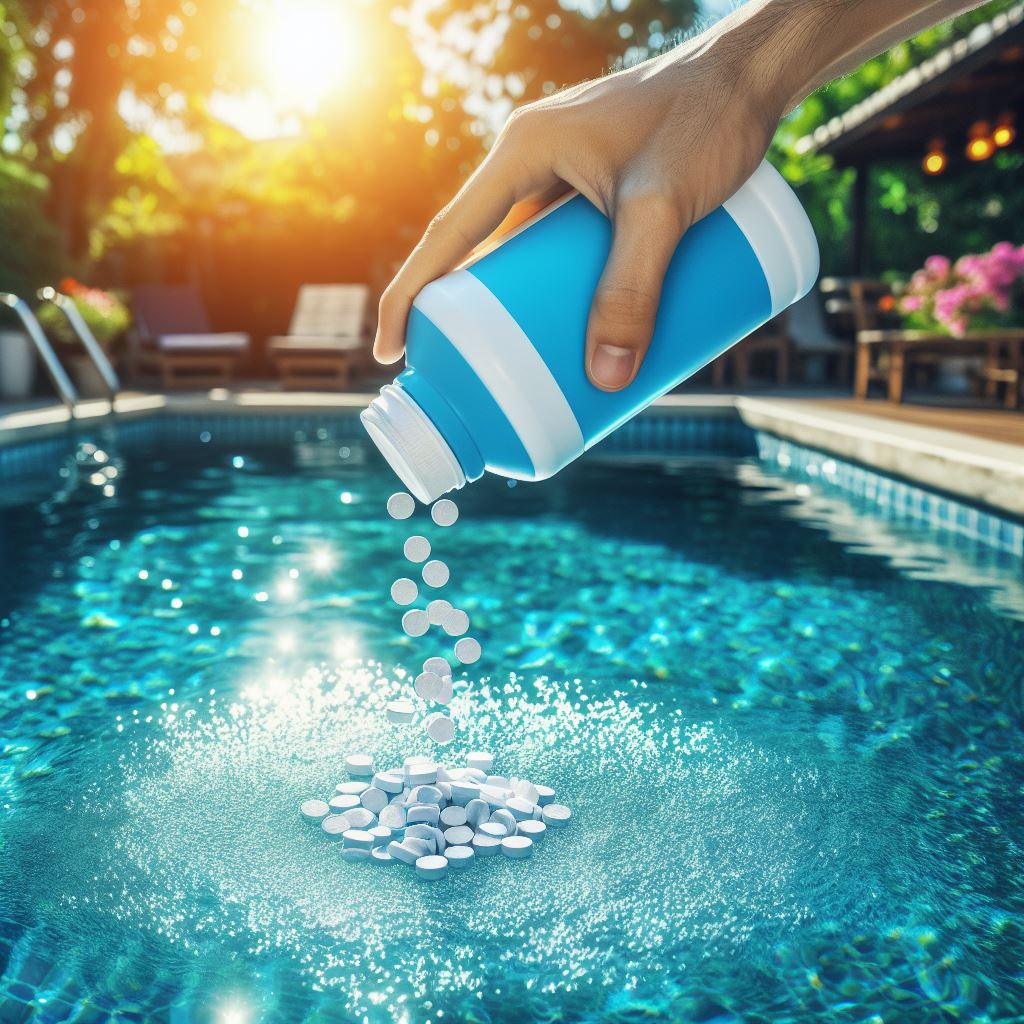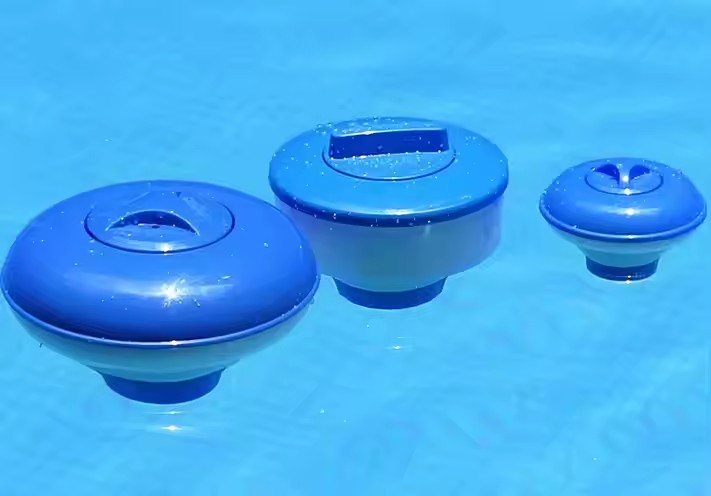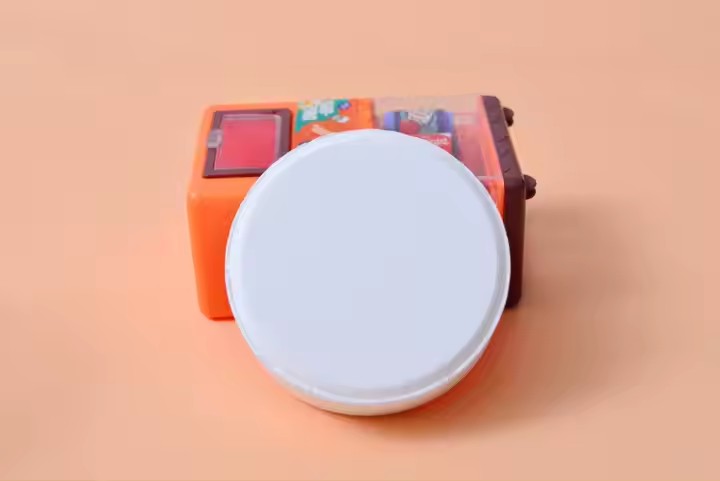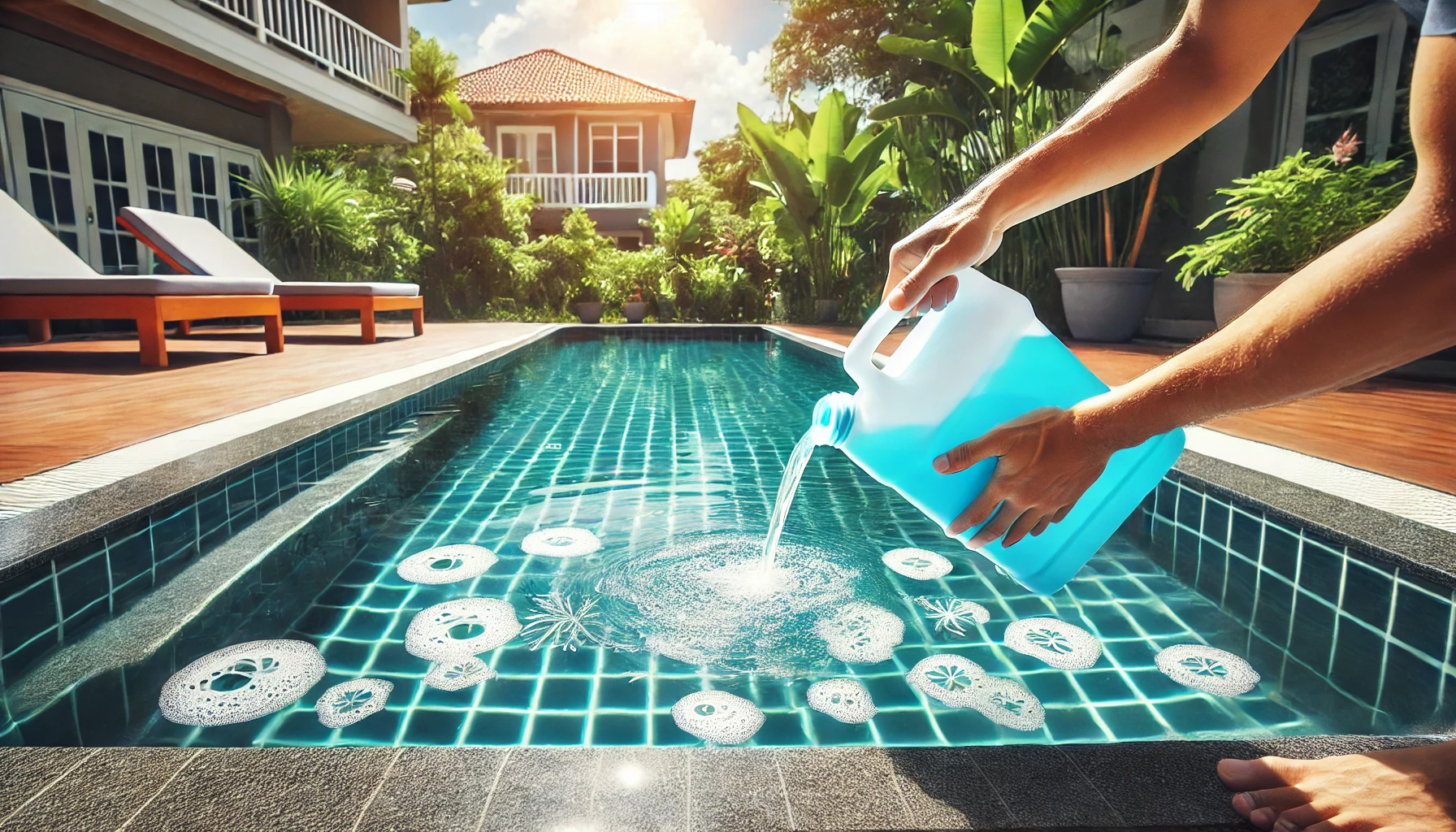Owning a clear and hygienic pool is the dream of every pool owner. Pool chlorine tablets play a crucial role in pool maintenance. However, there are many misconceptions about the correct use of chlorine tablets. One common point of contention is whether chlorine tablets should be placed in the skimmer. While this may seem convenient, it can actually cause a range of problems. This article will explore why chlorine tablets should not be placed in the skimmer and provide better methods for distributing chlorine tablets, as well as usage tips to help you maintain your pool more effectively.
Problems with Putting Chlorine Tablets in the Skimmer
Imbalanced Water Chemistry
The most immediate issue with placing chlorine tablets in the skimmer is the impact on water chemistry. Chlorine tablets are designed to dissolve slowly to maintain stable chlorine levels. However, when placed in the skimmer, the increased water flow significantly accelerates the dissolution rate. This rapid dissolution causes the chlorine concentration in the pool to spike quickly and then drop rapidly, leading to unstable chlorine levels. This fluctuation not only increases the risk of algae growth but also makes the water unhygienic. Furthermore, the rapid consumption of chlorine tablets means more frequent additions, increasing maintenance costs and time investment.
Sudden pH Changes
When the pool pump stops running, chlorine tablets continue to dissolve in the skimmer, causing the local water to become more acidic. Acidic water is not only detrimental to pool water quality but also corrosive to the metal and plastic components around the skimmer, shortening the lifespan of the equipment. For instance, seals, filter cartridges, and other parts exposed to acidic water for extended periods are prone to aging and damage, requiring frequent replacements, thus increasing maintenance costs and workload.
Equipment Damage
The potential damage to pool equipment from placing chlorine tablets in the skimmer is evident. High chlorine acidic water entering the system can corrode the metal parts and rubber seals of the pool pump, filter, heater, and other equipment. Additionally, the acidic water can weaken the skimmer cover, increasing the risk of it cracking. This not only leads to replacement costs but also poses safety hazards. The direct repair and replacement costs due to equipment damage can far exceed the cost of proper chlorine tablet usage.
Better Methods for Distributing Chlorine Tablets
To avoid the various issues associated with placing chlorine tablets in the skimmer, here are some recommended methods for distributing chlorine tablets:
Floating Chlorine Dispenser
A floating chlorine dispenser is a simple and economical solution. It can float in the pool, gradually releasing chlorine, ensuring even distribution throughout the pool. The design of the floating dispenser allows it to move slowly across the pool, ensuring uniform dissolution of the chlorine tablets. This not only avoids high chlorine concentrations in the skimmer but also ensures that the pool maintains appropriate disinfection levels. Additionally, floating dispensers are easy to use and maintain, making them an ideal choice for many pool owners.
Automatic Chlorine Dispenser
Another more precise option is using an inline or offline automatic chlorine dispenser. These devices can automatically control the amount of chlorine released based on the settings, ensuring stable water quality. Although the initial installation cost is higher, in the long term, it can significantly reduce maintenance workload and extend equipment lifespan. Automatic chlorine dispensers can precisely control the release rate and amount of chlorine, ensuring that the chlorine level in the pool is always optimal. While the initial investment is substantial, the convenience and effectiveness over the long term make it particularly suitable for pools requiring high-standard water quality control.
Offline Chlorine Dispenser
An offline chlorine dispenser is another effective method for distributing chlorine tablets. It is typically installed outside the main circulation system of the pool and introduces water dissolved with chlorine tablets into the pool through an independent loop. This method allows more precise control of the dissolution rate and amount of chlorine, avoiding the issues that may arise from dissolving chlorine tablets directly in the main water flow system of the pool. While installation and maintenance are relatively complex, offline chlorine dispensers perform excellently in maintaining stable water quality and are suitable for large or high-end pools.
Safety Precautions and Best Practices
No matter which chlorine distribution method you choose, it’s important to follow product instructions and safety guidelines. Always read and follow the usage instructions on the chlorine tablet packaging to avoid equipment damage and safety hazards due to improper use.
Important Points for Correct Use of Chlorine Tablets
- Follow Instructions: Different brands and types of chlorine tablets have different usage instructions. Strictly follow these instructions to ensure safety and effectiveness.
- Regular Inspections: Regularly check the condition of the chlorine dispenser to ensure it is working properly. Clean and maintain it in a timely manner to prevent blockages or damage.
- Water Quality Monitoring: Regularly monitor the pool’s water quality, especially chlorine and pH levels. Use appropriate testing tools to ensure the water quality meets standards.
- Avoid Direct Contact: When handling chlorine tablets, avoid direct contact with the chemicals. Use gloves and other protective equipment to ensure safe operation.
- Storage and Handling: Chlorine tablets should be stored in a dry, cool place, away from direct sunlight and moisture. Handle them carefully to prevent spills or leaks.

Choosing Pool Chlorine Tablets
In addition to proper chlorine tablet distribution methods, choosing the right chlorine tablets is also important. There are various types and brands of chlorine tablets on the market, each suitable for different pool conditions and needs.
Types of Chlorine Tablets
- Trichlor Chlorine Tablets: These tablets dissolve slowly and are suitable for maintaining long-term chlorine levels. They are typically used for routine maintenance to keep water quality stable.
- Dichlor Chlorine Tablets: These tablets dissolve quickly and are suitable for situations requiring a rapid increase in chlorine levels, such as initial chlorination or quick disinfection during high usage periods.
- Calcium-Based Chlorine Tablets: These are used to increase the calcium content in pool water, especially in low hardness water. Calcium-based tablets not only provide chlorine but also improve water hardness.
Choosing Chlorine Tablet Brands
When choosing chlorine tablet brands, consider the following factors:
- Quality Assurance: Choose reputable brands to ensure the purity and effectiveness of the chlorine tablets. Poor-quality tablets may contain impurities that affect water quality and disinfection effectiveness.
- User Reviews: Check reviews and feedback from other users to understand the effectiveness and experience of using the tablets. Reviews from real users are an important reference.
- After-Sales Service: Choose brands that offer good after-sales service to ensure that any issues encountered during use can be resolved promptly.
Conclusion
Maintaining a clean and hygienic pool requires scientific maintenance and correct operating methods. While placing chlorine tablets in the skimmer may seem convenient, the risks and problems far outweigh the convenience. By choosing appropriate chlorine tablet distribution methods such as floating dispensers, automatic chlorine dispensers, or offline chlorine dispensers, you can effectively avoid imbalanced water chemistry and equipment damage, ensuring water quality and the longevity of your equipment. Adhering to safety precautions and best practices, and selecting the right types and brands of chlorine tablets, can further enhance the maintenance effects and user experience of your pool.
No matter the size and type of your pool, scientific maintenance and proper use of chlorine tablets are key to ensuring a clean and safe pool. By making informed choices and using chlorine tablets correctly, you can easily enjoy the fun and health benefits of your pool.


